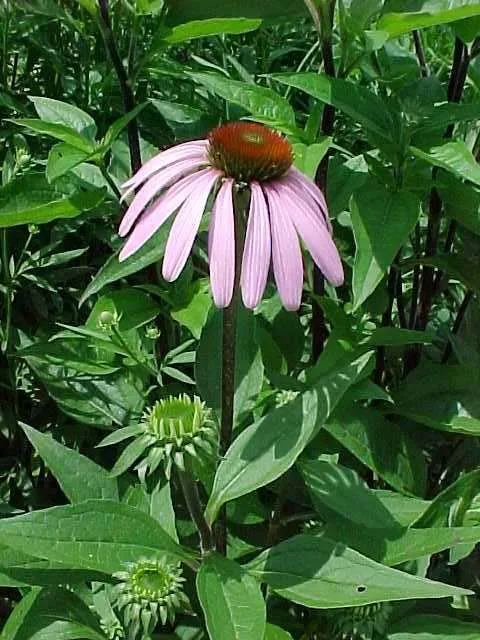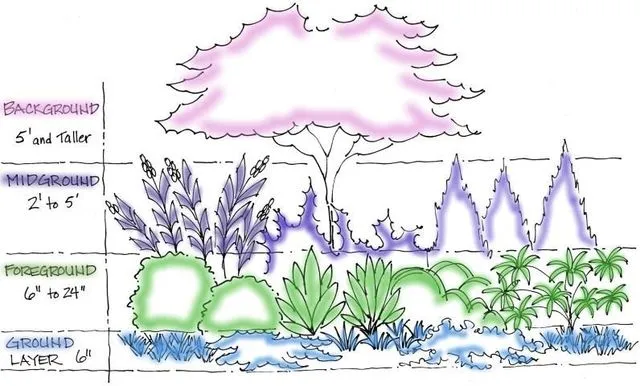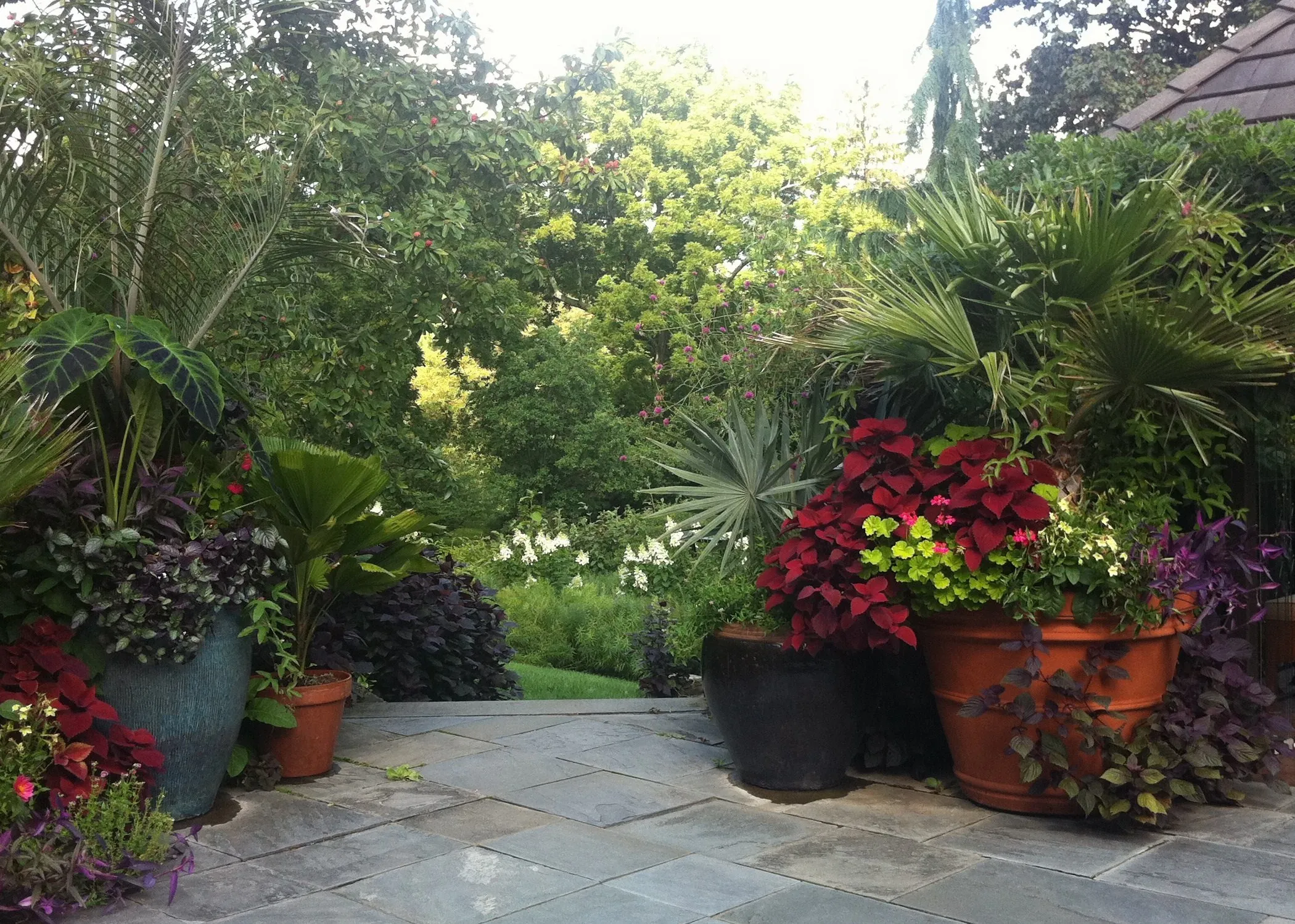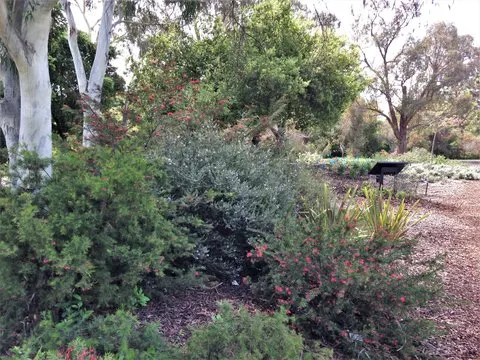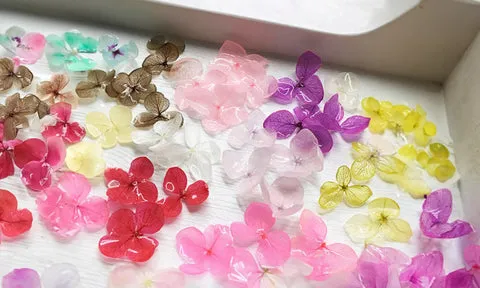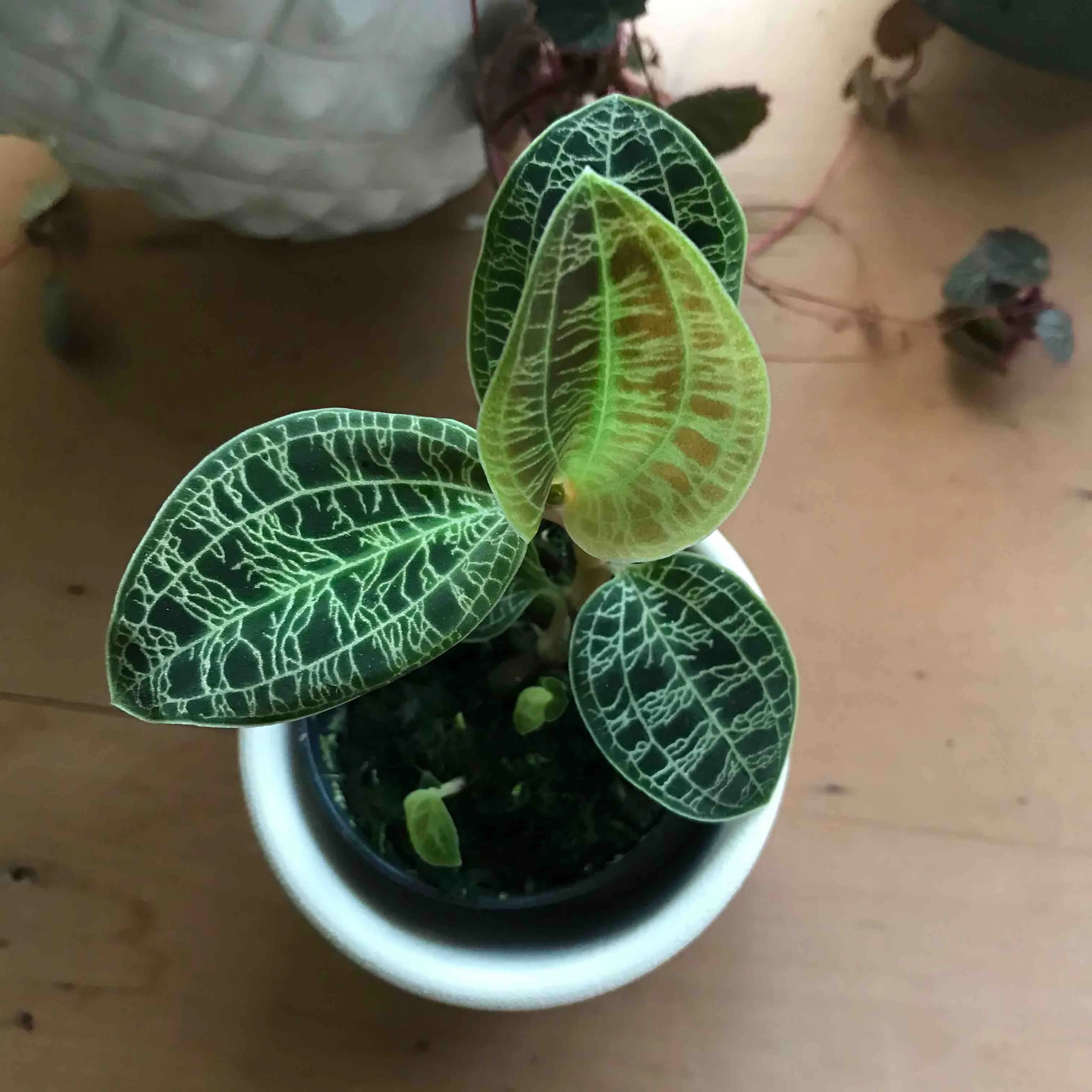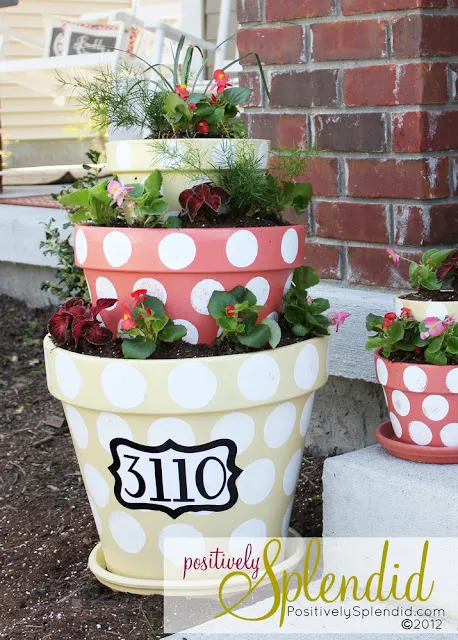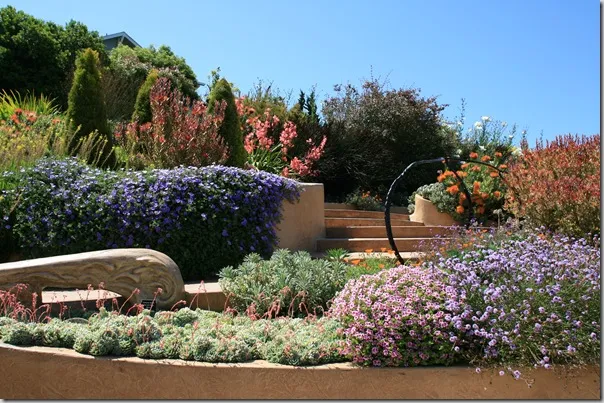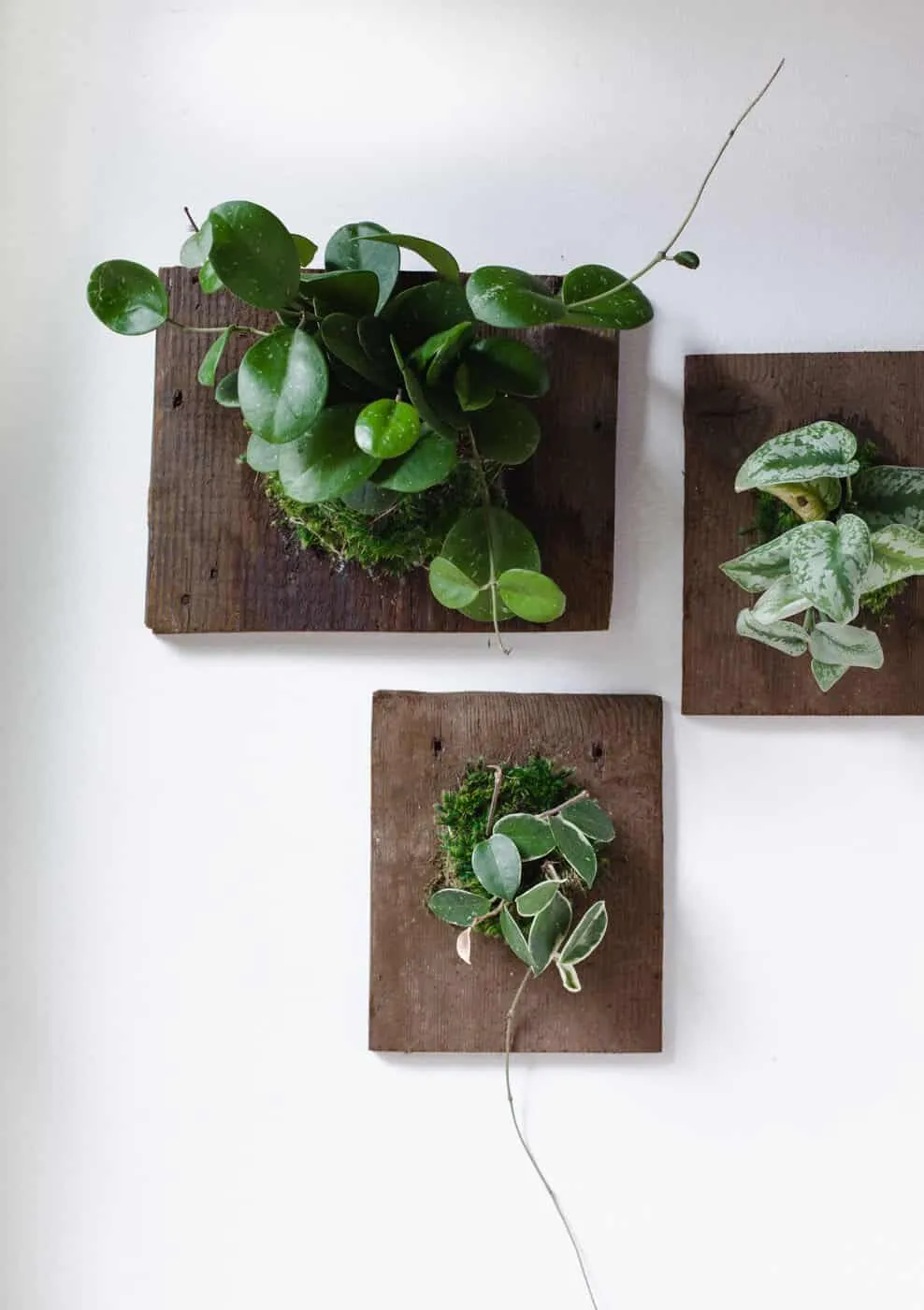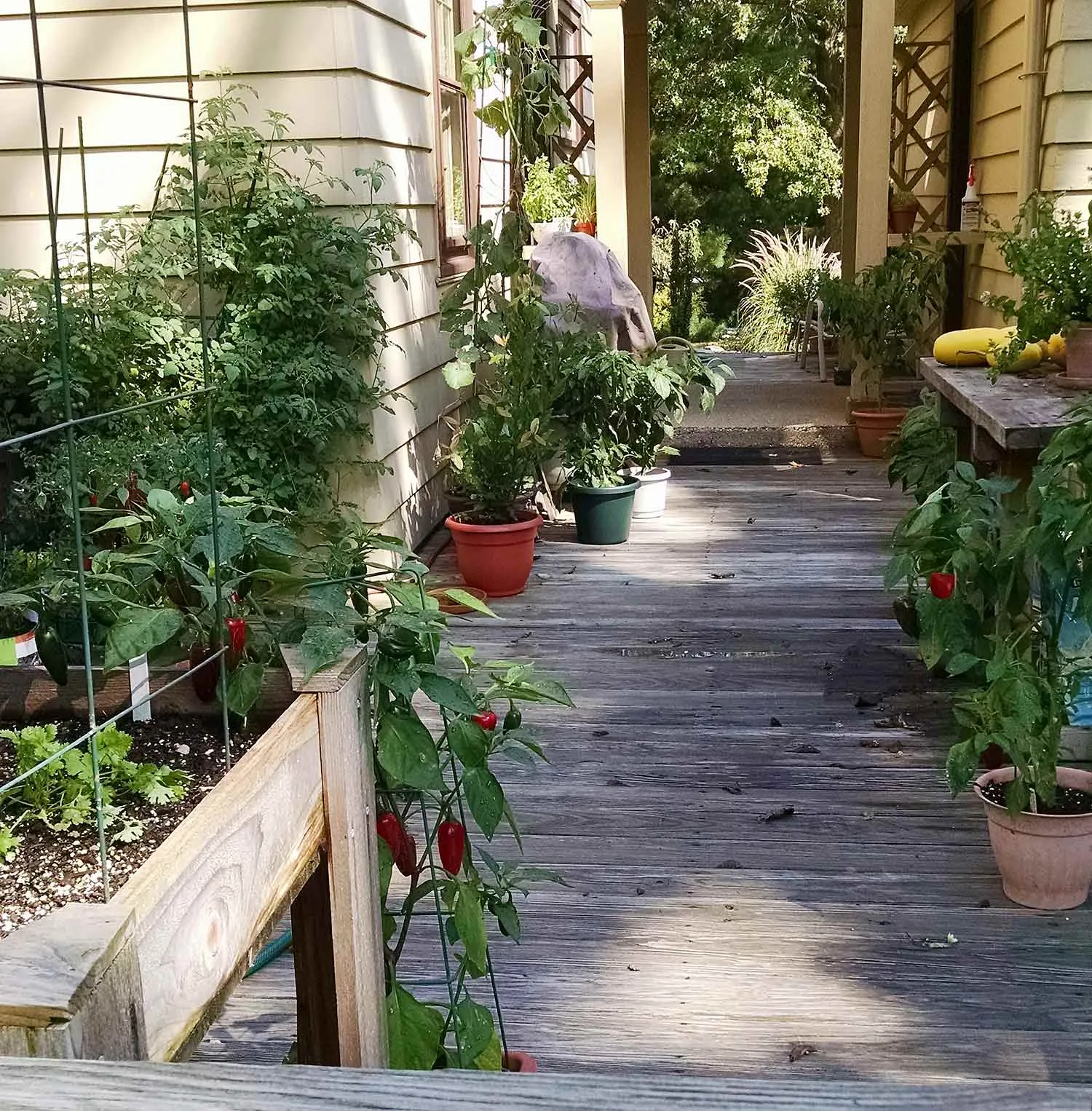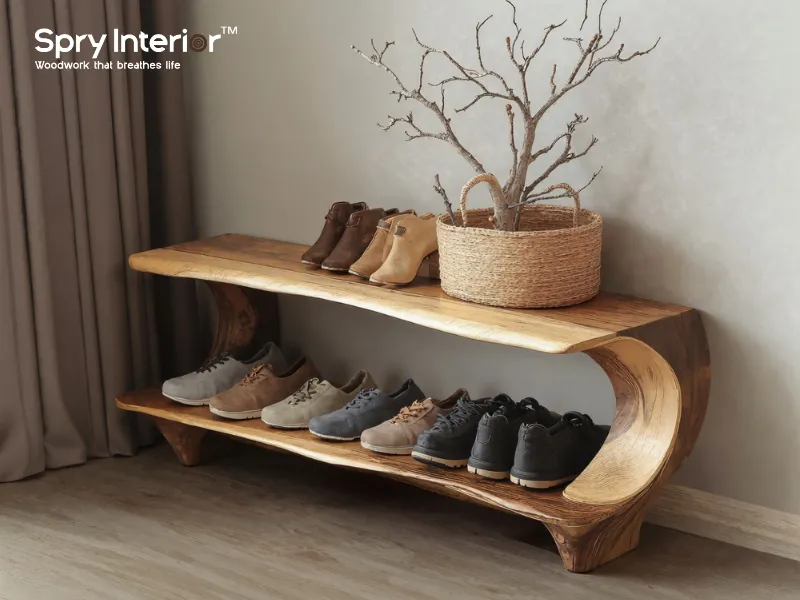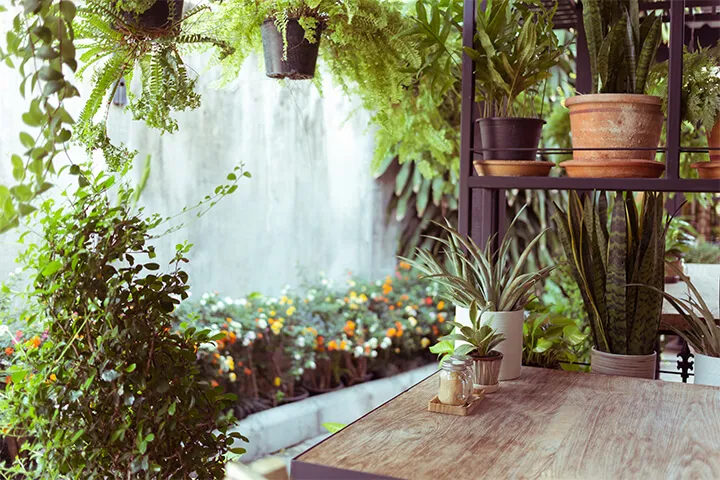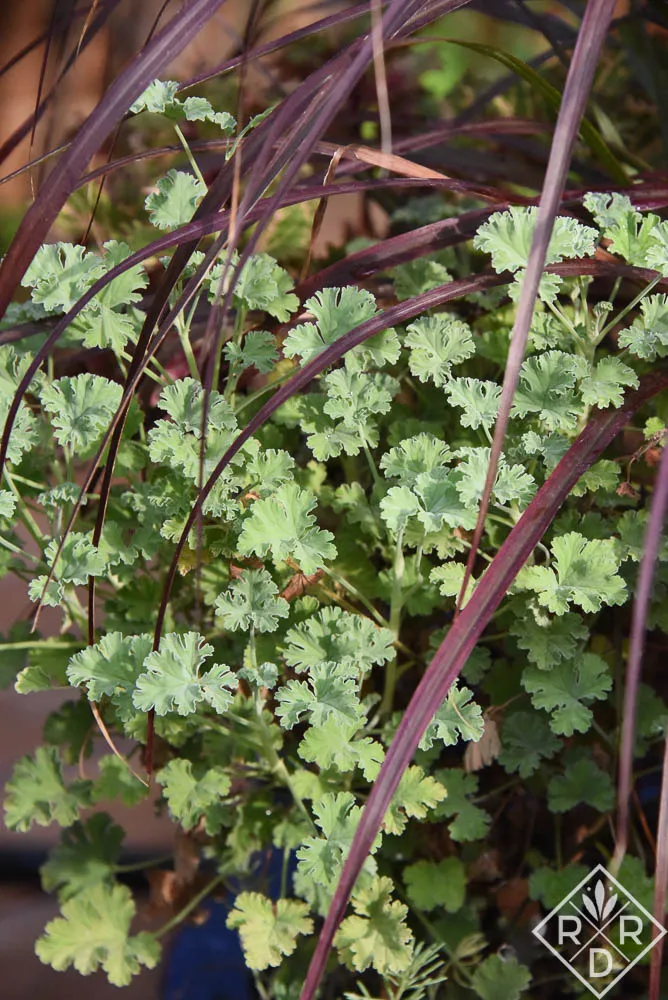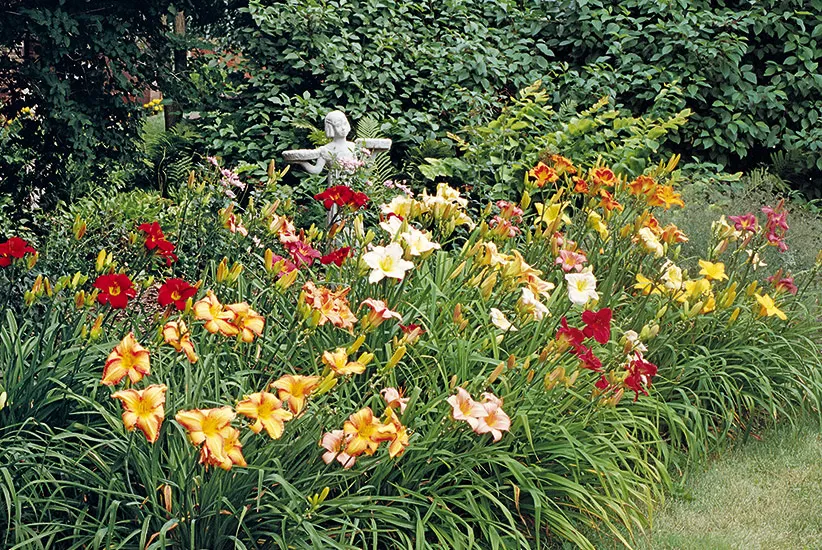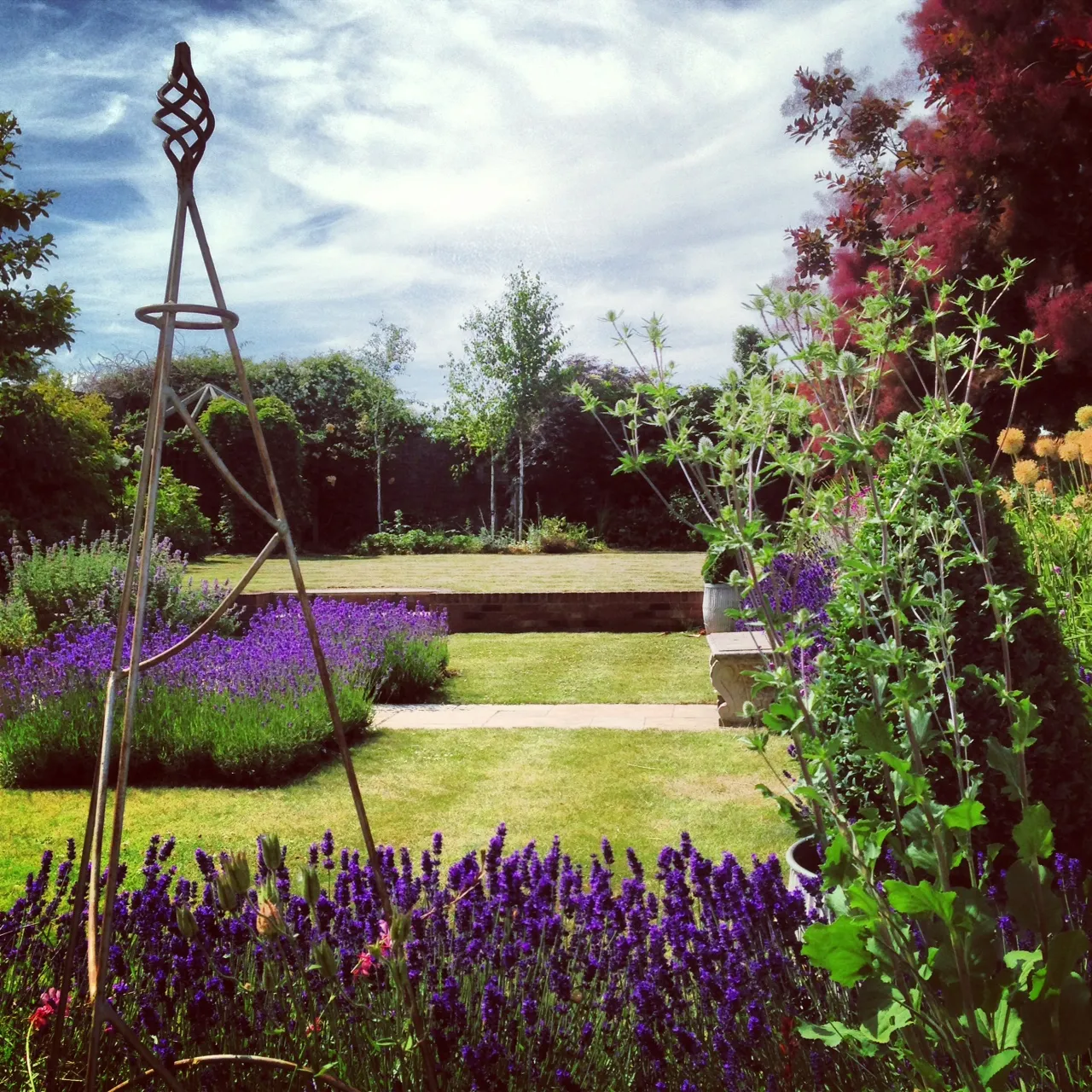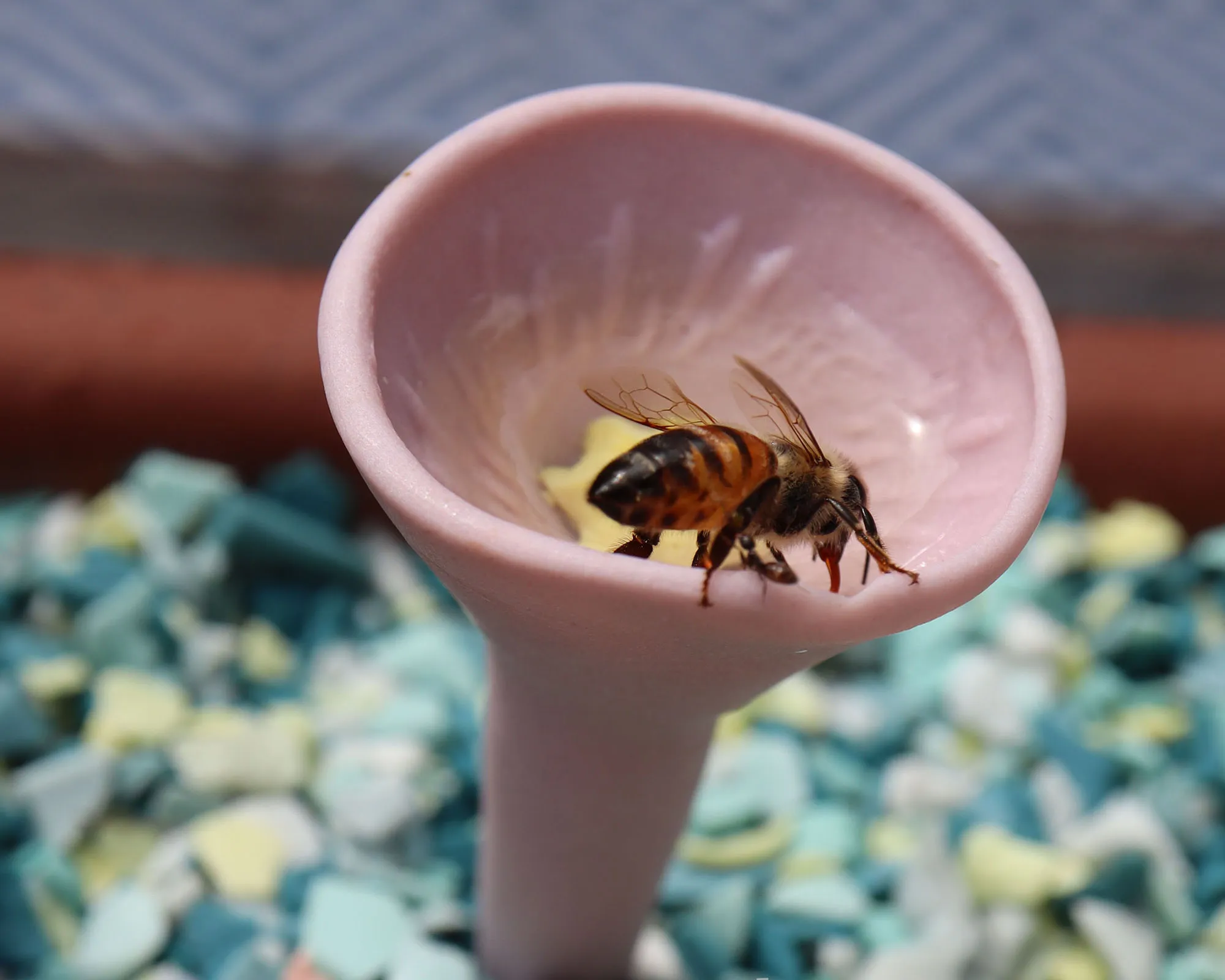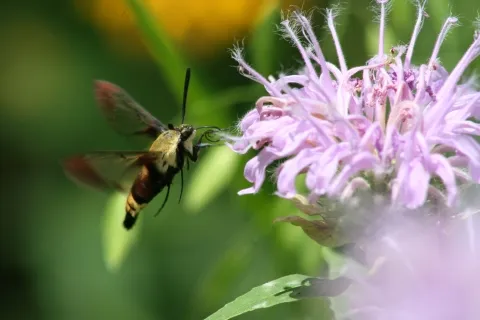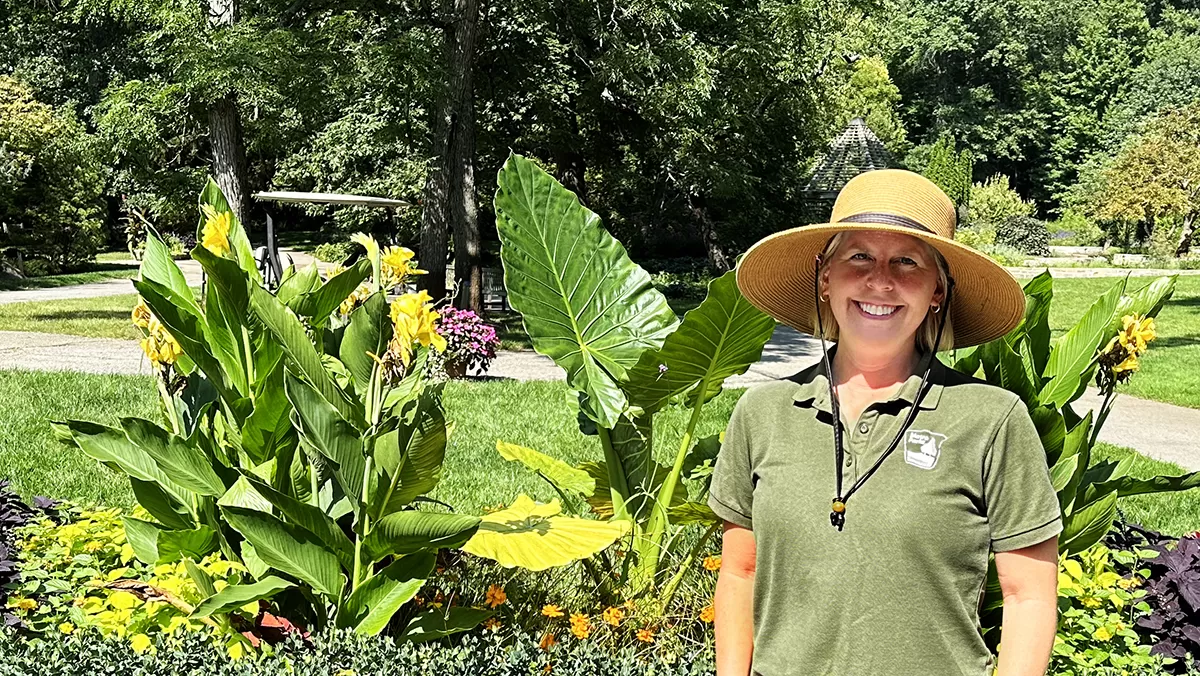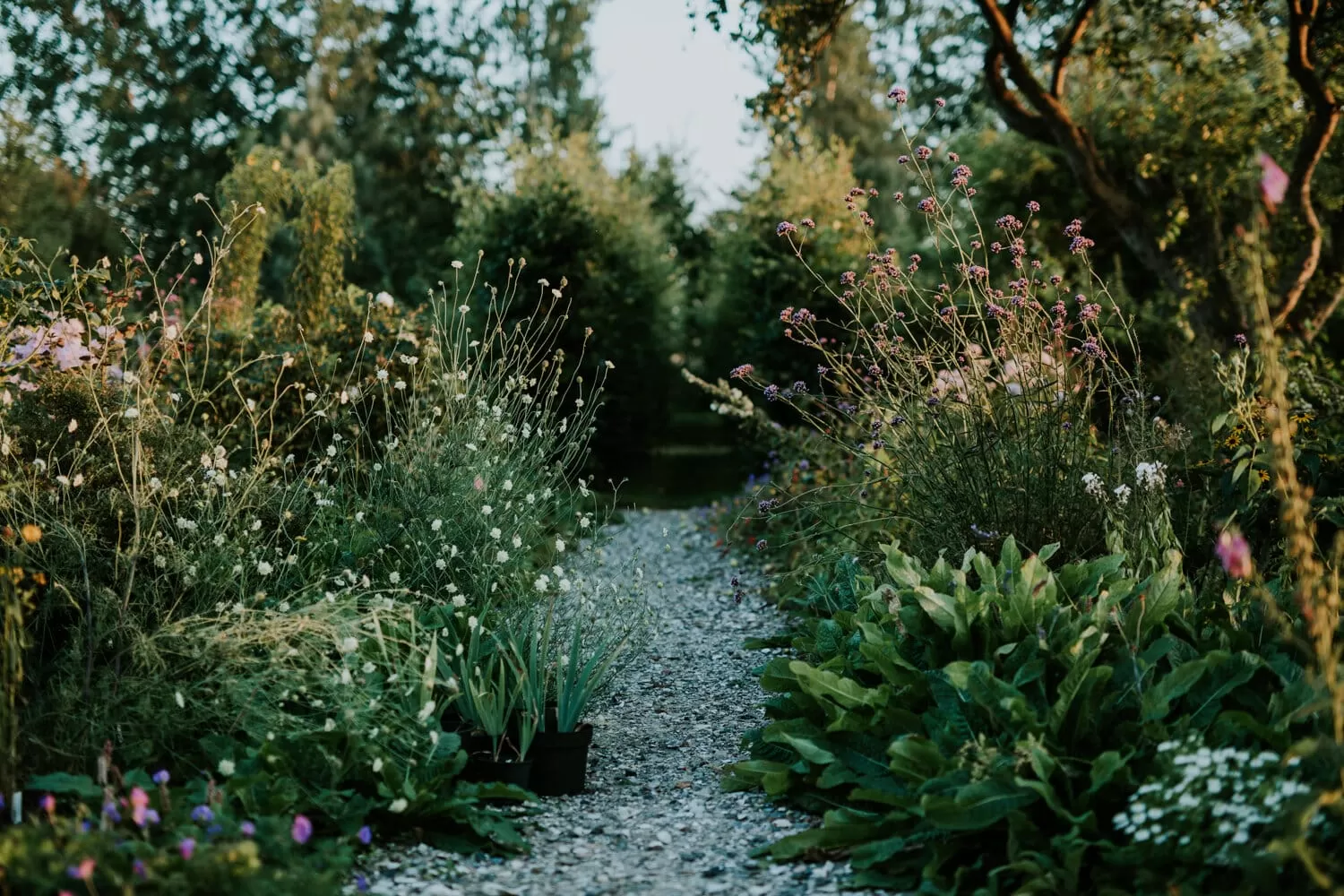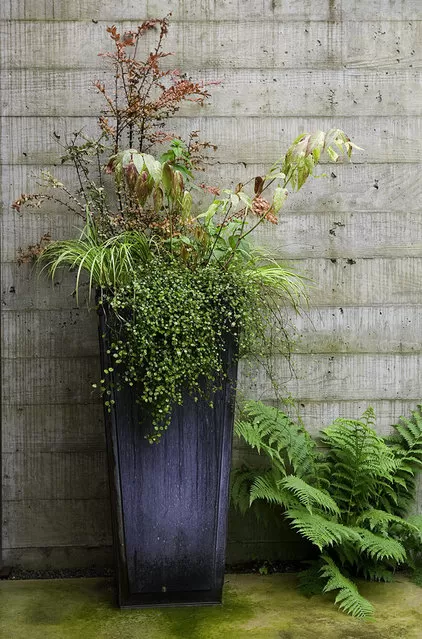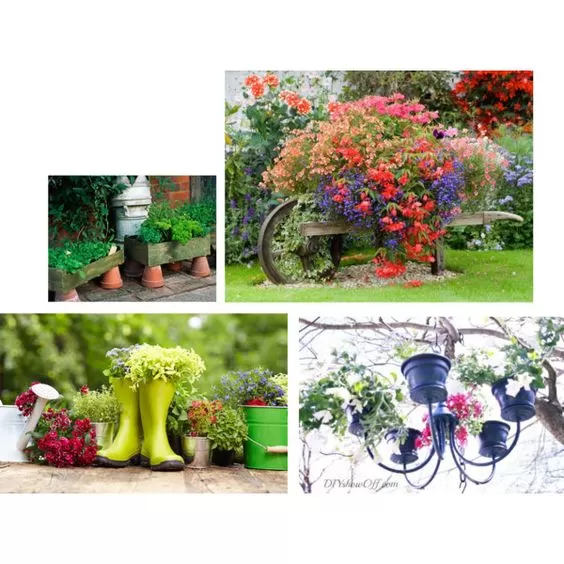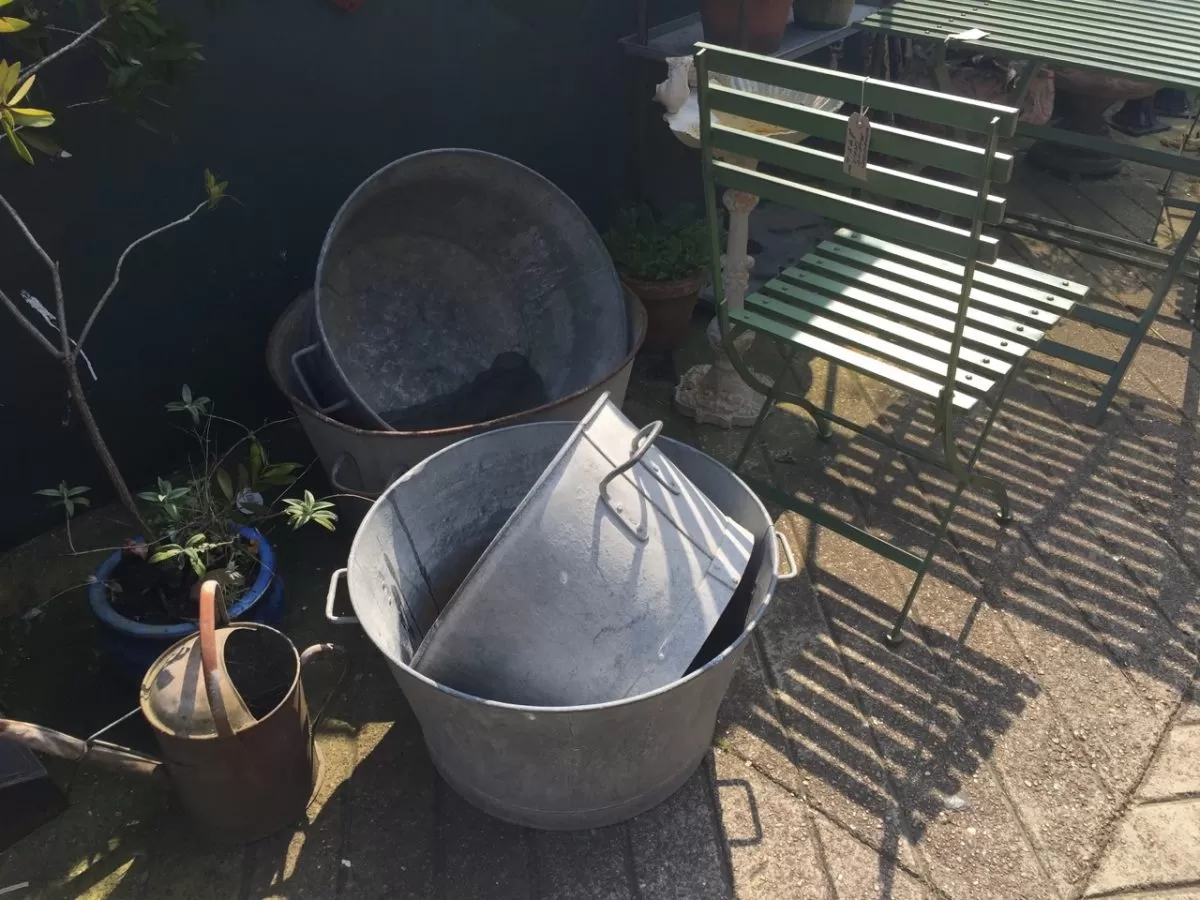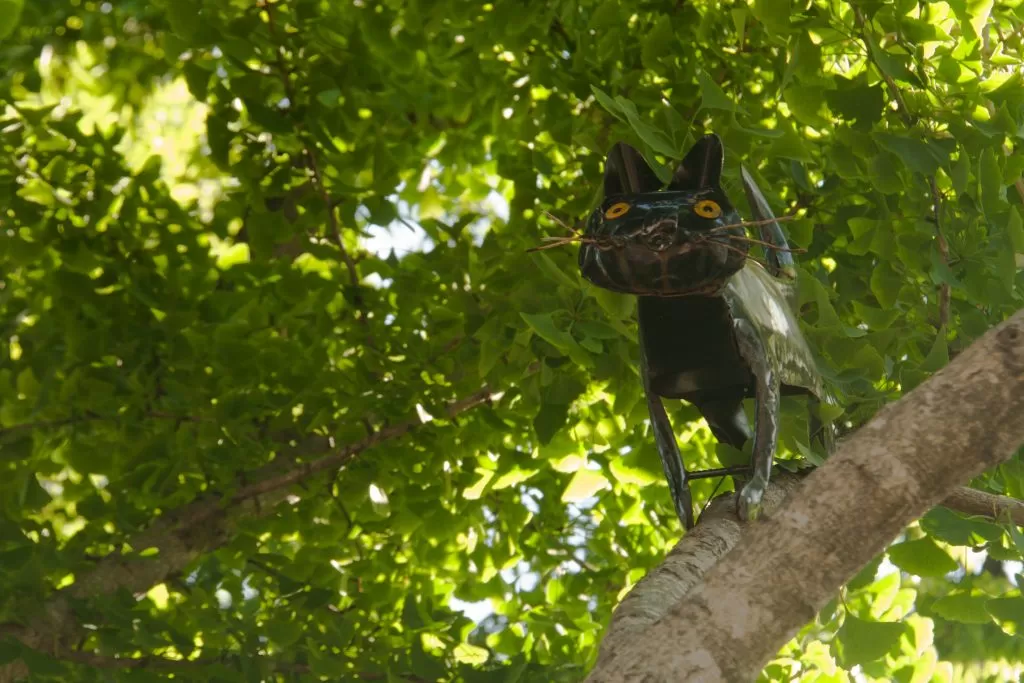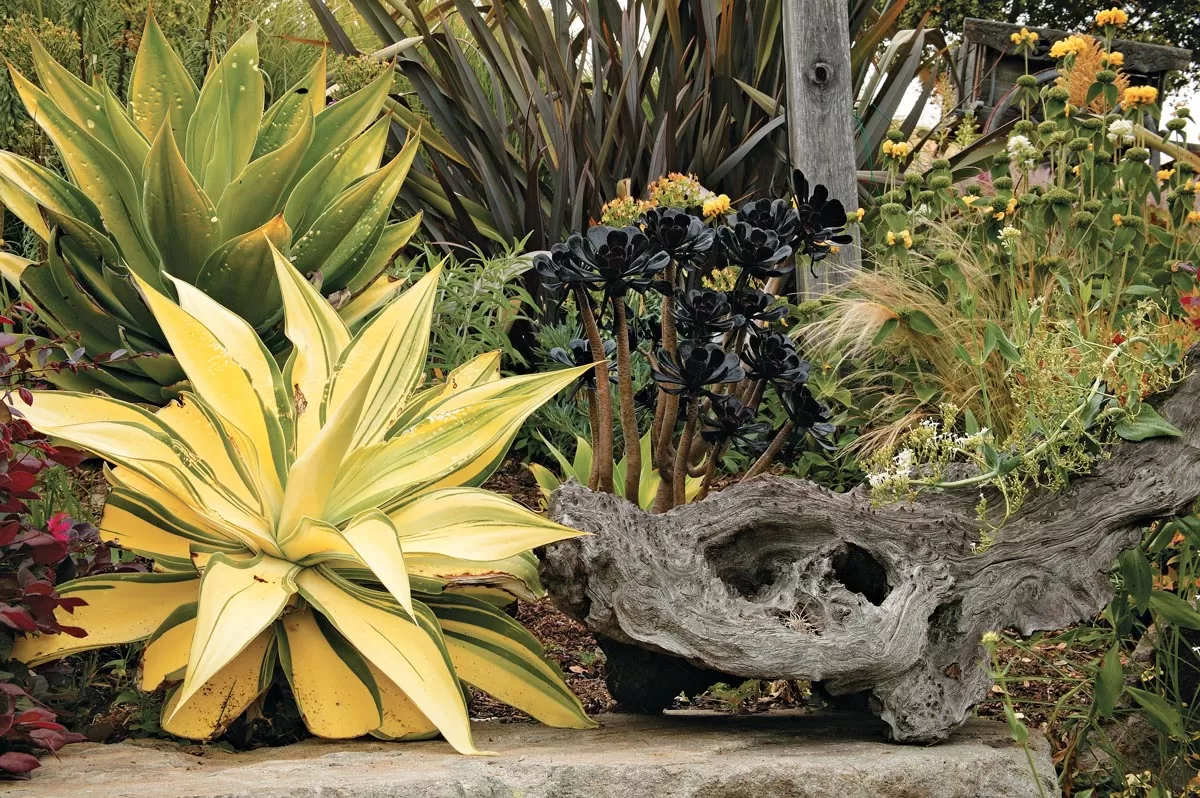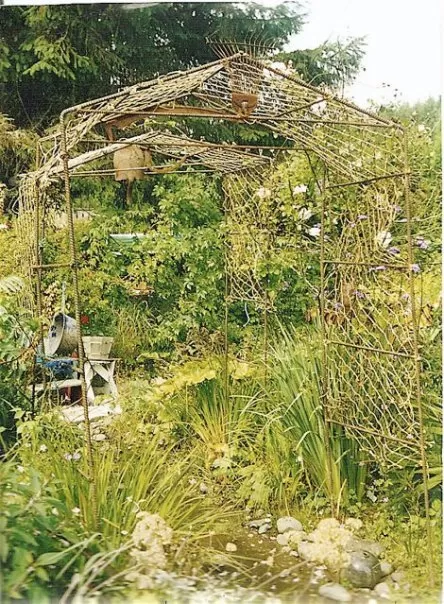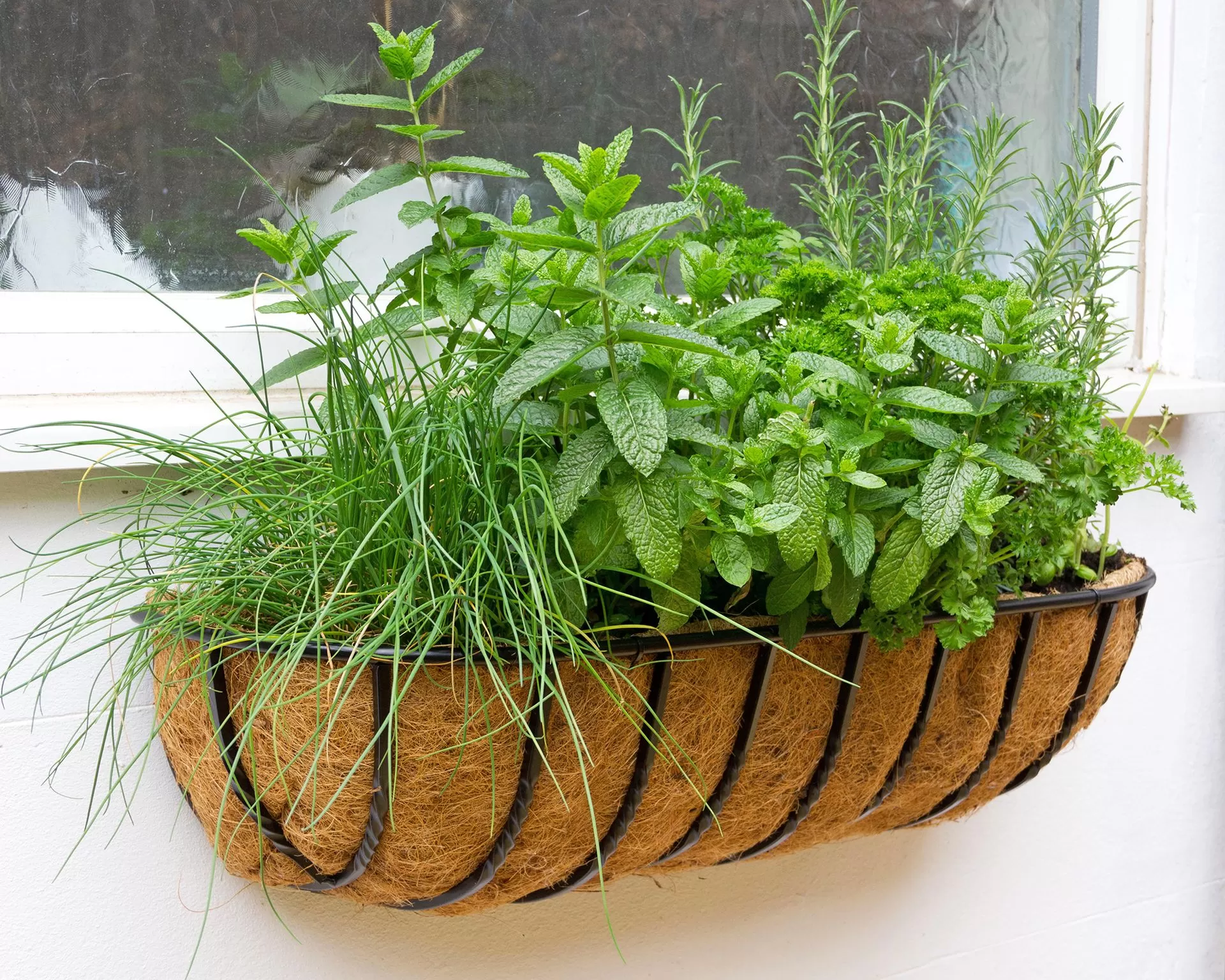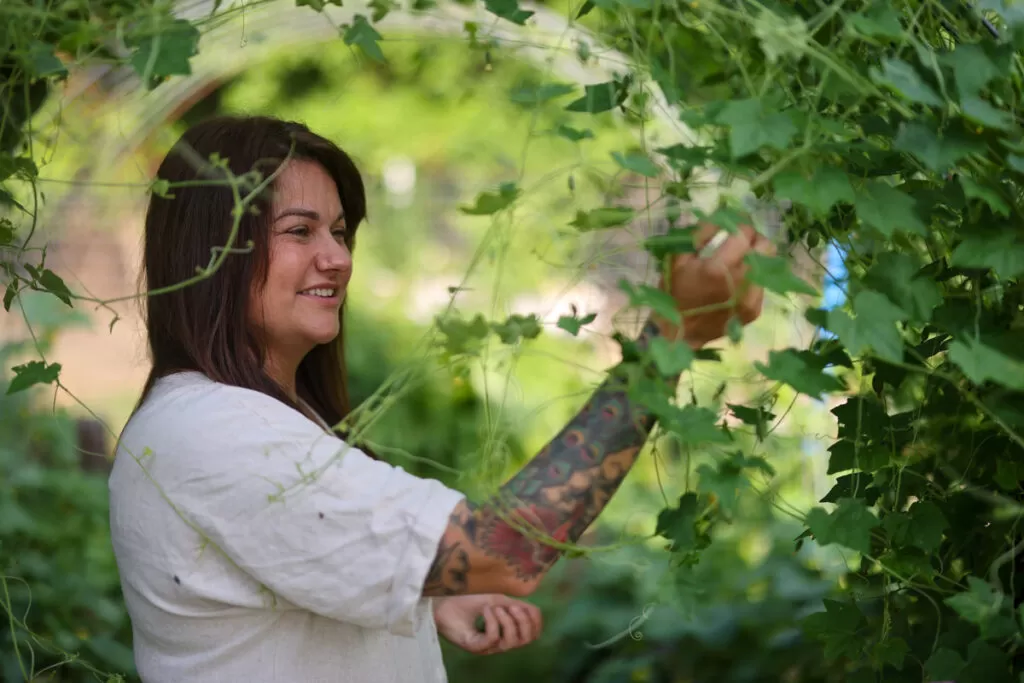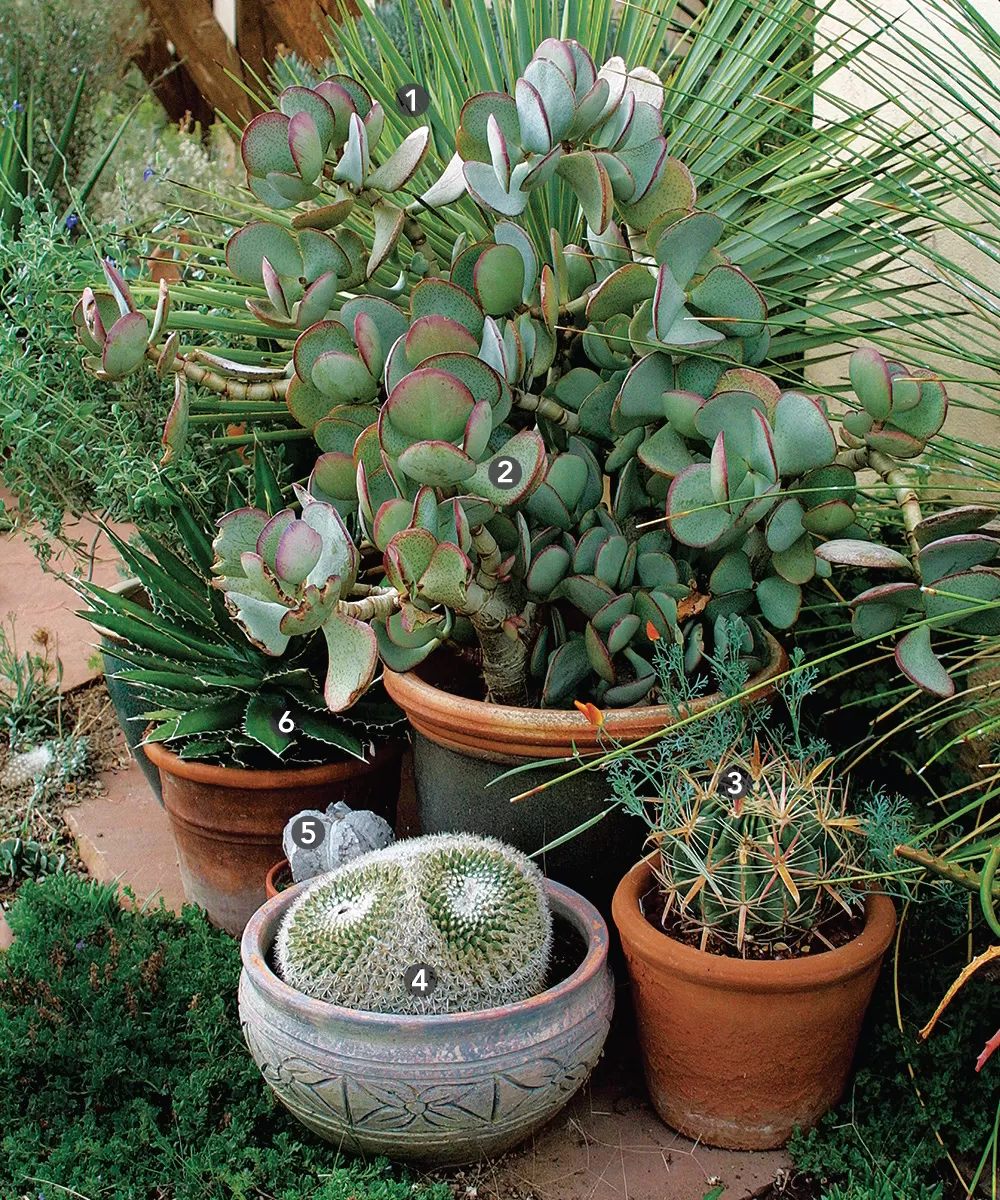Here’s what you’ll discover about creating stunning garden textures:
- Pairing opposites in plant texture, shape, and size creates dynamic visual impact.
- Leaves, stems, seed heads – all parts of a plant offer unique textural opportunities throughout the seasons.
- Integrating hardscape elements like rocks and pots amplifies textural contrasts.
- Balancing bold and fine textures is key to avoiding visual clutter and creating harmony.
- Experimentation and trust in your own eye are essential for successful garden design.
Ever wished for a garden that captivates you year-round, pulling your gaze from one delightful spot to another? The secret often lies not just in colorful blooms, but in the fascinating world of texture. Thinking about gardening like a kind of “alchemy” – the ancient art of transforming simple elements into something extraordinary – has helped me unlock this magic. By thoughtfully combining plants and materials with radically different textures, we can create captivating garden pictures, compositions that feel far richer and more exciting than their individual parts. Let’s explore how focusing on texture-based foliage pairings can elevate your garden design from simply pretty to truly unforgettable.
Contents
The Power of Opposites: Contrasting Textures for Drama
One of the most exciting ways to create visual energy in the garden is by placing things that are fundamentally different right next to each other. Think rough against smooth, large against small, or upright against weeping. This principle of contrasting opposites is incredibly effective when working with plant textures.
Putting a plant with huge, bold leaves next to one with tiny, delicate foliage immediately highlights the unique qualities of each. For instance, the towering presence and expansive leaves of Plume Poppy create a striking contrast when paired with the fine, ground-hugging texture of Pussytoes.
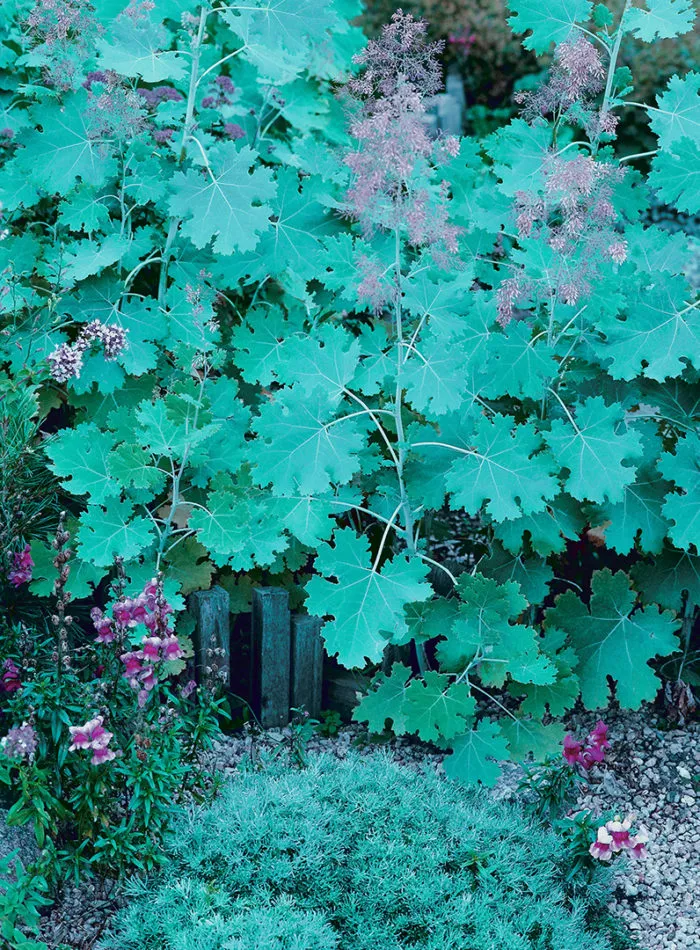 Large plume poppy leaves tower over finely textured, low-growing pussytoesLarge plume poppy leaves tower over finely textured, low-growing pussytoes
Large plume poppy leaves tower over finely textured, low-growing pussytoesLarge plume poppy leaves tower over finely textured, low-growing pussytoes
Here’s a look at these contrasting textures:
- Plume Poppy (Macleaya cordata)
- Common Name: Plume Poppy
- Zone: 3-8
- Light: Full sun to partial shade
- Humidity: Moderate
- Water: Moist, well-drained soil
- Pussytoes (Antennaria spp.)
- Common Name: Pussytoes
- Zone: 3-9
- Light: Full sun
- Humidity: Low to moderate
- Water: Dry to medium, well-drained soil
Ornamental grasses are fantastic for exploring textural opposites. The rigidly vertical, feathery plumes of Feather Reed Grass (Calamagrostis acutiflora ‘Karl Foerster’) make a dramatic statement next to a soft, billowy clump of Hairy Brome (Bromus ramosus). Even if their color is similar later in the season, their completely different forms provide compelling visual interest. Add the spiky, almost alien-looking blue orbs of Flat Sea Holly (Eryngium planum), and you introduce yet another layer of intriguing texture to the composition.
- Feather Reed Grass (Calamagrostis acutiflora ‘Karl Foerster’)
- Common Name: Feather Reed Grass ‘Karl Foerster’
- Zone: 4-9
- Light: Full sun
- Humidity: Moderate
- Water: Medium, well-drained soil
- Flat Sea Holly (Eryngium planum)
- Common Name: Flat Sea Holly
- Zone: 4-9
- Light: Full sun
- Humidity: Low to moderate
- Water: Dry to medium, well-drained soil
Varying plant height also works hand-in-hand with texture to create dynamic arrangements. Consider setting groups of smaller plants with intricate details against a backdrop of taller, bolder textures. This layered approach adds depth and movement to your garden beds.
Using Every Bit: Foliage, Stems, and Seed Heads
A garden isn’t static; it’s a constantly evolving tapestry. Recognizing that plants offer different textural gifts throughout the seasons opens up a world of design possibilities. A plant might start with soft, downy leaves in spring, offer silky flowers in summer, and finish the year with dramatic, spiky seed heads. All these phases contribute unique textures.
Love-in-a-mist (Nigella damascena) is a perfect example of a plant that changes its look dramatically. Its delicate, ferny foliage gives way to whimsical, frilly flowers, which then transform into fascinating, swollen seedpods with a distinctly prickly appearance. Paired with the warm, rounded blossoms of Blanket Flower (Gaillardia spp.), the cool, spiky texture of the Love-in-a-mist seedpods creates a captivating contrast that begs a closer look.
 Spiky love-in-a-mist seedpods provide textural contrast behind colorful blanket flower bloomsSpiky love-in-a-mist seedpods provide textural contrast behind colorful blanket flower blooms
Spiky love-in-a-mist seedpods provide textural contrast behind colorful blanket flower bloomsSpiky love-in-a-mist seedpods provide textural contrast behind colorful blanket flower blooms
Let’s look at these evolving beauties:
- Love-in-a-mist (Nigella damascena)
- Common Name: Love-in-a-mist
- Zone: Annual (Self-sows easily), Hardy Zones 2-11
- Light: Full sun
- Humidity: Moderate
- Water: Medium, well-drained soil
- Blanket Flower (Gaillardia spp.)
- Common Name: Blanket Flower
- Zone: 3-10
- Light: Full sun
- Humidity: Low to moderate
- Water: Dry to medium, well-drained soil
Grasses aren’t just useful for their form; their seed heads add incredible fine texture. The airy, wand-like seed heads of Sheep’s Fescue (Festuca ovina) float above the ground, providing a sense of lightness and fragility. This offers a wonderful contrast to the more robust, intricate leaves of plants like Bloody Cranesbill (Geranium sanguineum) or the dense, spreading texture of Cypress Spurge (Euphorbia cyparissias).
Hardscape as Texture Partner
Don’t limit your textural thinking to just plants! The non-living elements in your garden – the hardscape – are powerful allies in creating visual interest through texture. Gravel paths, smooth ceramic pots, and rugged boulders all have their own distinct “feel.”
The trick is to combine the hard, smooth, or coarse texture of these inorganic elements with something visually different from the plant world. Imagine a smooth, glazed ceramic pot placed next to a rough gravel path. The contrast between the sleek pot and the bumpy stones is immediately apparent. Add a plant with fuzzy foliage, like Borage (Borago officinalis), tumbling over the edge, and you introduce a soft, yielding texture that plays against both the pot and the gravel. Even the colors – the blue of the borage flowers, the warm tone of the pot, the earthy gravel – work together in this textural tableau.
- Borage (Borago officinalis)
- Common Name: Borage
- Zone: Annual (Self-sows readily), Hardy Zones 2-11
- Light: Full sun to partial shade
- Humidity: Moderate
- Water: Medium, well-drained soil
Strategically placed boulders can ground a planting, providing a sense of permanence and solidity. Their rugged surface offers a resting place for the eye amid the softer, more dynamic textures of foliage and flowers. Planting tufts of finely textured grass or delicate plants near these stones creates a recurring, textural theme that helps tie different parts of the garden together. It’s like echoing the larger landscape (if you’re lucky enough to garden near mountains!) on a smaller, more intimate scale.
The Art of Restraint: Finding Your Balance
While the play of opposites is key to creating exciting texture-based foliage pairings, it’s important not to overdo it. Too much contrast can become overwhelming and chaotic, turning dynamic into simply messy. The goal is to create a harmonious dialogue, a graceful dance between textures, rather than a shouting match.
Achieving this balance takes practice and observation. There’s no hard and fast rule; it comes down to trusting your own eye and instincts. Walk around your garden, look closely at the combinations, and see how they make you feel.
We all make mistakes in the garden – I certainly have! If a pairing feels “over the top,” don’t fret. Plants and small objects can be easily moved. Refining and improving the garden is part of the joy. Watching your garden grow and evolve, experimenting with the endless possibilities of texture-based foliage pairings, is a journey of discovery. Embrace the process, and you’ll find that the alchemy of combining simple elements can indeed transform your garden into something truly golden.
What are your favorite texture pairings in the garden? Share your thoughts in the comments below! If you enjoyed this article, please share it with fellow gardeners, and explore more tips and inspiration on Thelittle.garden.


